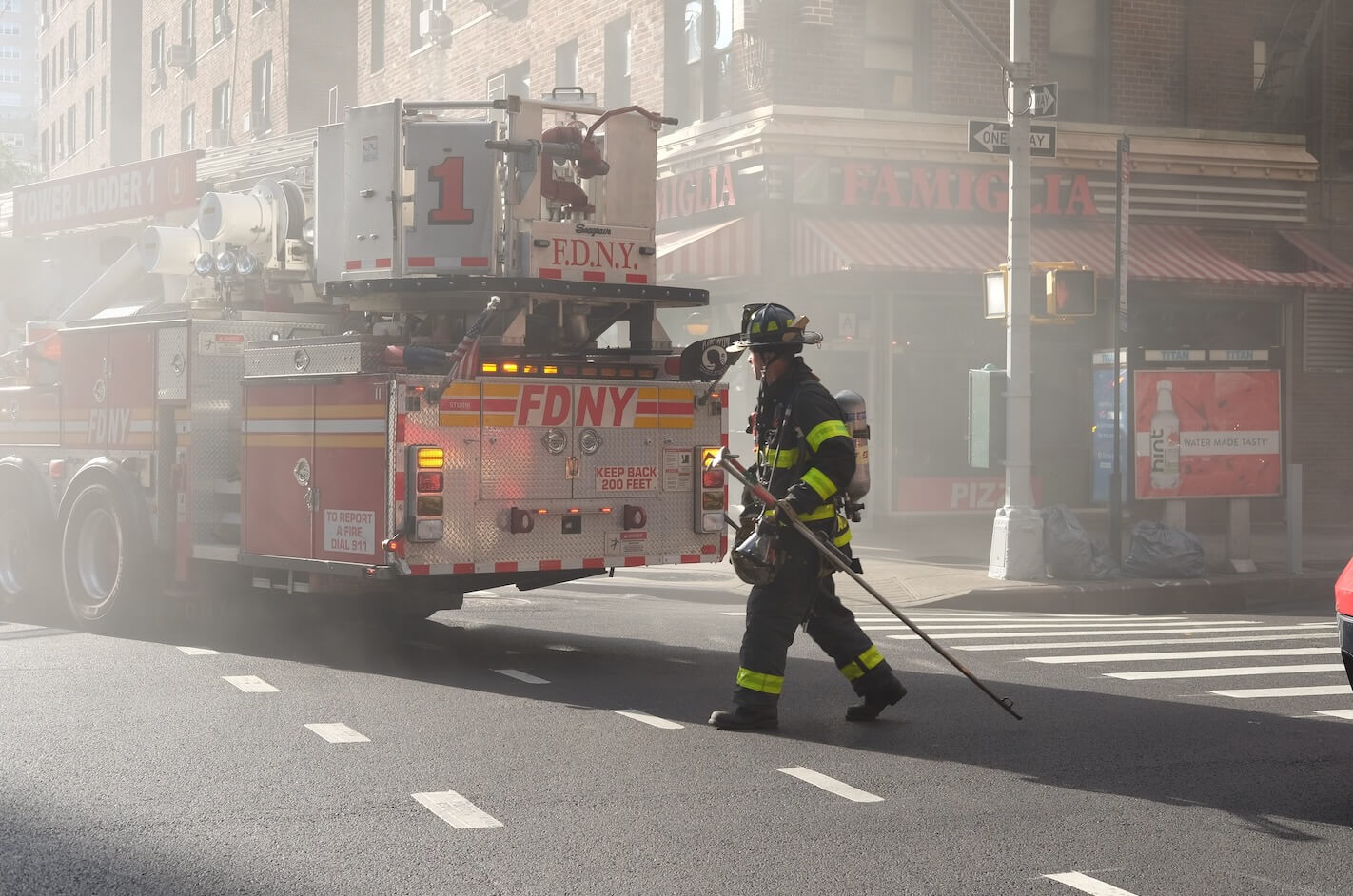It goes without saying that fire training exercises are essential for preparing our emergency services teams to efficiently and safely respond to high-pressure situations. However, traditional live fire training methods, while effective, present certain risks and resource constraints. There is a growing interest in exploring alternative approaches to these conventional methods, one of which is the innovative world of virtual reality (VR).
In the points below, we delve deeper into the potential of VR technology as a groundbreaking live fire training alternative that can transform the landscape of firefighter training as we know it.
Virtual Reality and its Integration into Training Programs
Virtual reality offers a fully immersive, interactive, and realistic environment, making it an ideal tool for education and training. Through VR, trainees can practice critical procedures in a controlled setting that replicates real-world scenarios, enabling them to gain essential experience without exposure to actual danger.
The technology makes it possible to simulate a wide variety of scenarios that would be logistically challenging, expensive, or even impossible to create in real life. These scenarios could range from simple residential fires to complex, multi-faceted industrial incidents.
The Case for VR as a Live Fire Training Alternative
The use of VR as a live fire training alternative presents several compelling benefits that can enhance the efficiency and safety of firefighter training.
Safety: The primary advantage is the safety it provides. Virtual reality mitigates the risks associated with live fire training, such as injuries from heat exhaustion, smoke inhalation, or burns. It allows trainees to learn and make mistakes in a hazard-free environment.
Cost-Efficiency: Conducting live fire training exercises is a costly undertaking, requiring significant resources for fuel, equipment, and site maintenance. On the other hand, once a VR system is set up, it can be used repeatedly with minimal recurring expenses.
Flexibility and Customizability: With VR, training scenarios can be easily adjusted to increase complexity or focus on particular skills. This provides trainers with greater control over the learning environment, ensuring that each training session meets the specific needs of the participants.
Environmental Sustainability: Reducing the use of live fires in training practices contributes to environmental sustainability efforts by decreasing the emission of pollutants.
Data Collection and Analysis: VR systems can track a participant’s actions, decisions, and responses in real-time. This data provides valuable insights into a trainee’s performance, aiding in personalized feedback and performance improvement.
Final Thoughts
In essence, the use of virtual reality as a live fire training alternative represents an exciting advancement in firefighter training methodologies. By simulating real-world scenarios in a controlled, safe, and cost-effective manner, VR provides an opportunity to train more efficiently and effectively.
While the implementation of this technology is still in its infancy, its potential to revolutionize fire training is immense. As we continue to push the boundaries of what’s possible, we look forward to witnessing the transformative effects of VR on firefighter training programs worldwide.
The post Exploring Virtual Reality as an Alternative for Live Fire Training appeared first on Enterprise Podcast Network – EPN.




Leave a Reply